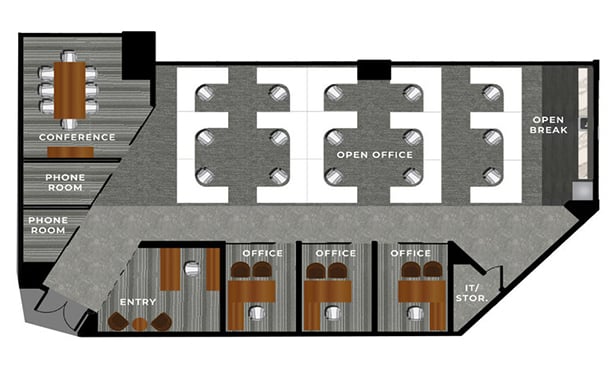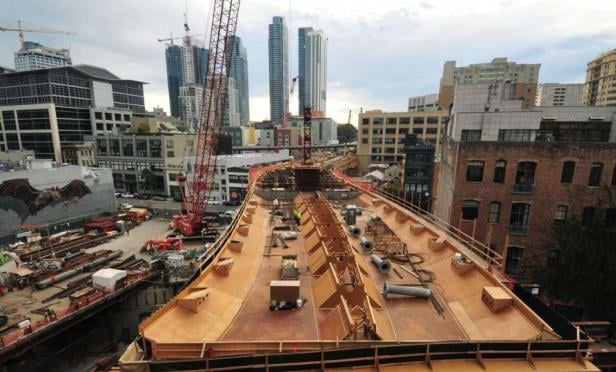CALABASAS, CA—The homeownership rate continues to decline and younger households continue to favor renting. Those are the top-line conclusions of a new Research Brief from Marcus & Millichap; however, the firm also suggests that more single-family homes would be selling if more of them were available.
“Low inventory is restraining sales of existing single-family homes, which rose in January by just 3.7% from last year,” according to Marcus & Millichap. “Despite an uptick in listings, the supply of available homes for sale held firm at a record-low 3.6 months.”
Meanwhile, “healthy demand” boosted the median price of a single-family home to $230,400, an increase of 7.3% year over year. “Increased inventory could help alleviate some pressure, boosting sales activity and moderating home price appreciation,” the report states.
Recommended For You
Want to continue reading?
Become a Free ALM Digital Reader.
Once you are an ALM Digital Member, you’ll receive:
- Breaking commercial real estate news and analysis, on-site and via our newsletters and custom alerts
- Educational webcasts, white papers, and ebooks from industry thought leaders
- Critical coverage of the property casualty insurance and financial advisory markets on our other ALM sites, PropertyCasualty360 and ThinkAdvisor
Already have an account? Sign In Now
*May exclude premium content© 2025 ALM Global, LLC, All Rights Reserved. Request academic re-use from www.copyright.com. All other uses, submit a request to [email protected]. For more information visit Asset & Logo Licensing.









